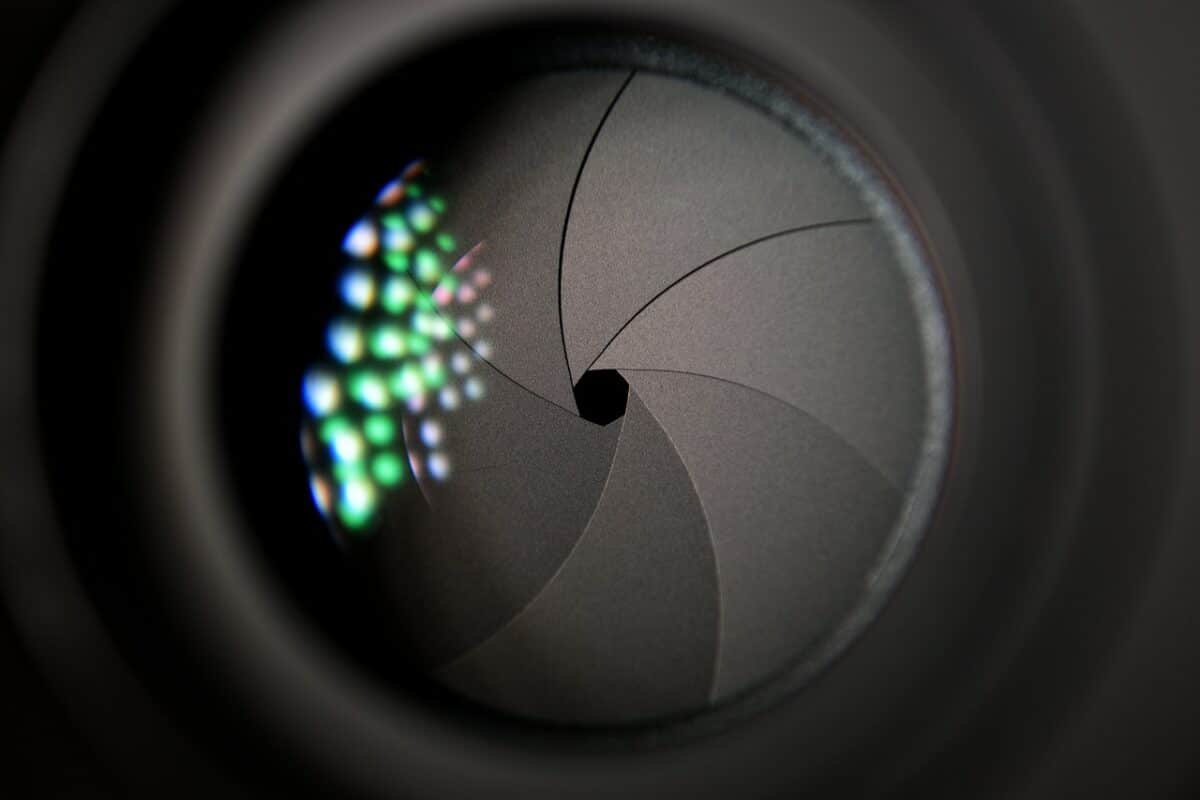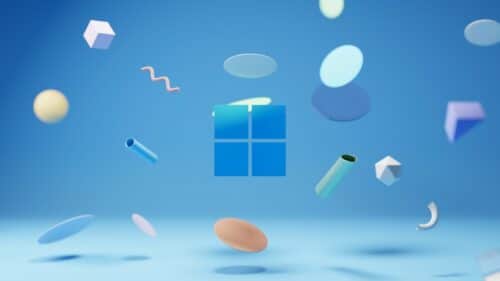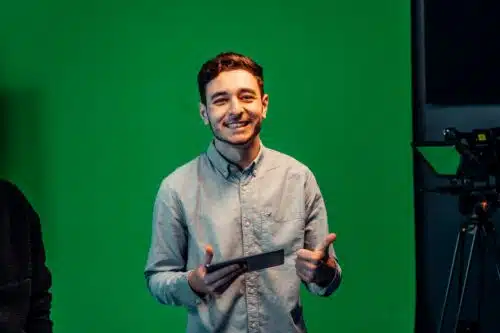Coca-Cola, Rockstar Games, the Marvel Movie franchise. What do all of these have in common? Yes, they’re all big players in their respective industries. They’ve also all used motion capture animation to make commercials or products. If you’re hoping to follow their success by using motion capture for your own videos, you might want to stop and consider the pros and cons of this animation style.
Since motion capture isn’t something we normally do at IdeaRocket, we’ve turned to 3D animation expert Sean Thorpe for his insight on the technology he calls “evil and horrible to work with and kind of soulless in many ways.”
Sean is the Senior Art Director for the WWE. He’s also logged thousands of hours turning motion capture recordings into quality animation. Despite his bad-mouthing of the technology, he’s quick to point out its good points as well.
What is Motion Capture Animation?
Before we dive into the good, the bad, and the ugly of motion capture let’s get the terminology down. Motion Capture, called “mocap” by the pros, is a way of recording movements. Those recordings can be used as the basis for animations. It’s an effective way to capture an actor’s performance or create a foundation for your animations.
Motion capture can also speed up your animation process. “The whole reason for mocap in the first place is to do animation quickly,” Sean said.
One of the most difficult parts of animation is getting the characters to move in a believable way. Motion capture creates a foundation that animators can build off of to create hyper realistic animation. Sometimes too realistic. A certain train-themed holiday movie comes to mind here.
How does Motion Capture Work?
Motion capture records movement using light reflections. Basically, an actor wears a suit covered in reflective dots called markers. As the actor moves around the studio, specially lighted cameras record the movements of those markers. There’s a lot of calibration involved to make sure the cameras are only picking up light from the markers and can “see” the actors movements. These movements are translated to a 3D animated skeleton.
As the actor moves, parts of the skeleton may disappear if the light on certain markers is blocked. A technician “cleans” the footage by letting the software know what happened to those markers.
Finally, you’re ready to record an action. The technician then cleans the footage again to make sure the markers are all properly labeled. This shooting and cleaning process continues until all actions have been recorded.
To see what this looks like in action check out this video of motion capture technology during a movie you might recognize.
Pros of Motion Capture
“If you want something that’s in a digital world, but you want it to look really realistic and you want the movements to be precise you’re going to use motion capture,” Sean said. “It all depends on what style you want to communicate.”
Motion capture excels at making movements that look realistic, which is why it’s used so often in movies and video games. Plus, even though using mocap to record actual animals is really challenging, you can use it to turn human actors into animals or fantasy characters.
Finally, if you have the right team and technology, motion capture is also fast. You can shoot a commercial in a single week.
Why mocap might not be right for you
Motion capture definitely has some good points, but there are drawbacks as well. First, mocap equipment is expensive.
“If you do mo-cap as a studio it tends to be that’s all you do, because it’s a big investment,” Sean said. “It’s like a woodworking studio, the master already has spent time and resources to build his skills and get the experience.”
If you skimp on the equipment up front, you end up with low quality motion capture that’s even harder to animate. And that’s a problem, because animating from mocap is already tricky.
“You need very talented character animators to clean up mocap almost always,” Sean said.
In addition to experienced animators, you also need a team of other professionals including:
- Riggers. These animation experts use their knowledge of physics, anatomy, and technology to create character skeletons that are able to move in lifelike ways.
- Actors who can move in the real world to create the basis for your animation.
- Technicians to run the motion capture equipment, clean footage, and resolve timecode issues as they arise.
- A director to coordinate the shoot and the actors in it.
You’ll also need a studio full of equipment including mocap suits to fit each actor and enough cameras to cover the space. Plus lighting, either built into the cameras or carefully positioned to achieve the right refraction off the reflecting points on the suits.
But I just want to make a commercial
Of course, if you’re a marketing manager or business leader who just wants to make a commercial, you won’t have to worry about teams and technology. Instead, your concern is how to find the right studio to help you produce your video.
“If you’re going to do this, then go to a studio that that’s all they do,” Sean said. “There’s tons of places that will just shoot the data for you. There’s tons of places that just sell mocap clips, but being able to process those clips and edit those clips is important and difficult and takes someone who has a ton of training.”
The message is clear, if you’re going to use motion capture, call in the experts.
Final thoughts on Motion Capture Animation
In summary, here are the pros and cons of motion capture:
Pros
- Can be hyperrealistic
- Captures actors movements and sometimes facial expressions
- Can create animations quickly
Cons
- Not for beginners
- Can be expensive to find a qualified team
- Hyperrealism isn’t always the right choice
If you’re looking for a modern and hyper realistic style mocap might be right for you. Ditto if you have more money than time. But don’t reach for mocap just because it’s a slick technology. Ultimately, you should base your choice of animated video style on the tone you’re trying to convey and how well it matches your brand.
For help creating quality animations that match your brand style and put your message into orbit, reach out to the animation experts at IdeaRocket. We have experts in 2D and 3D animation, motion graphics, character design, whiteboard animation and even live action video. Contact us today.



